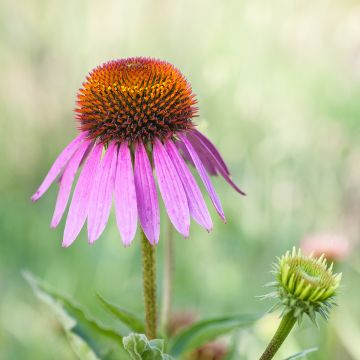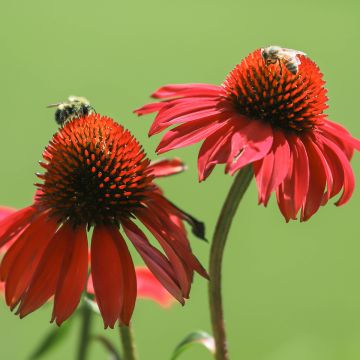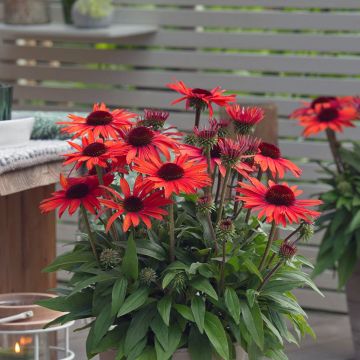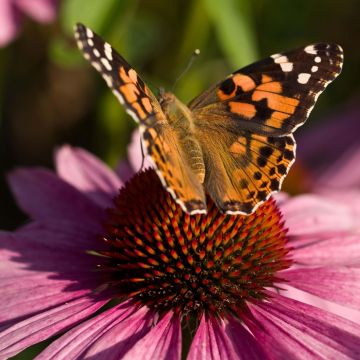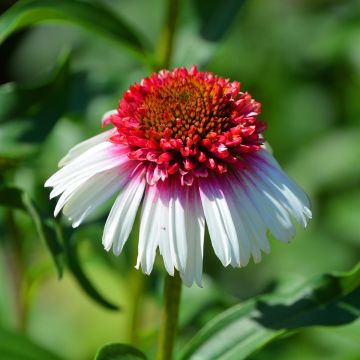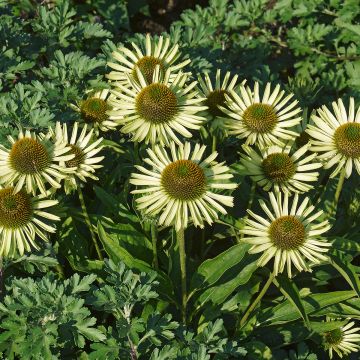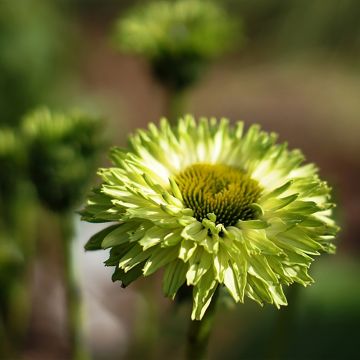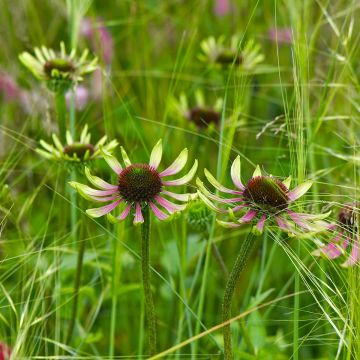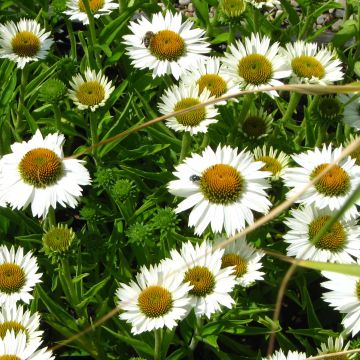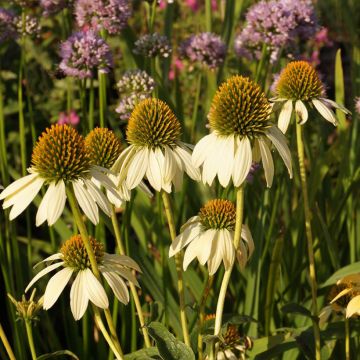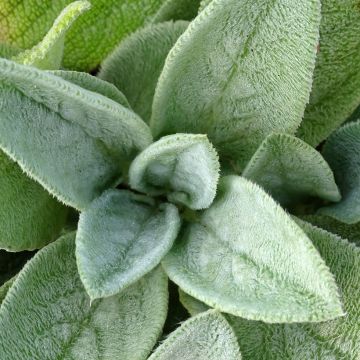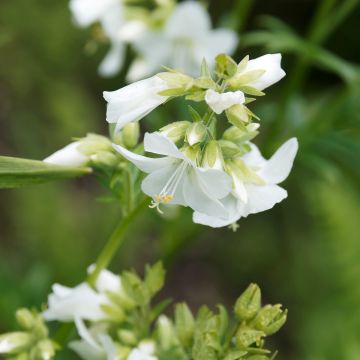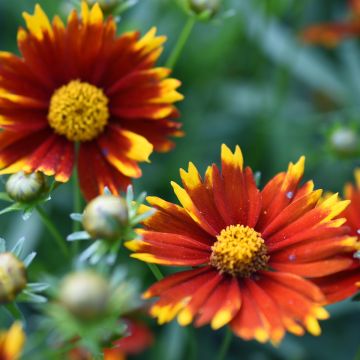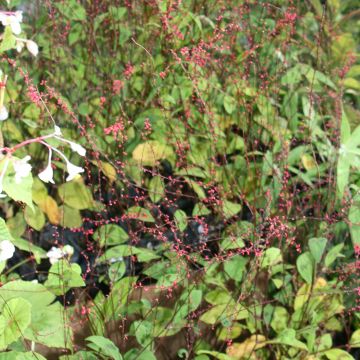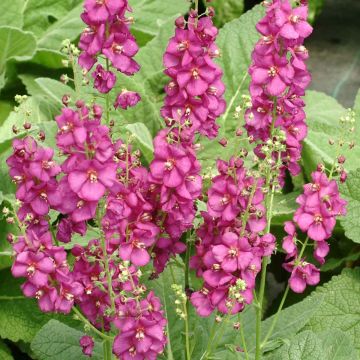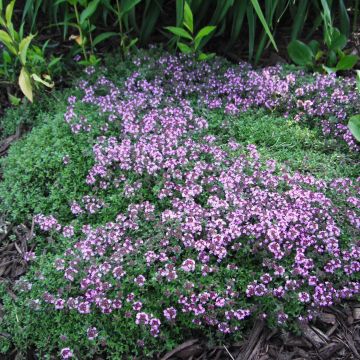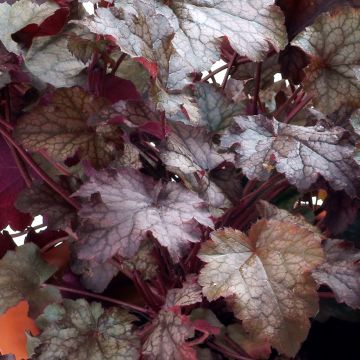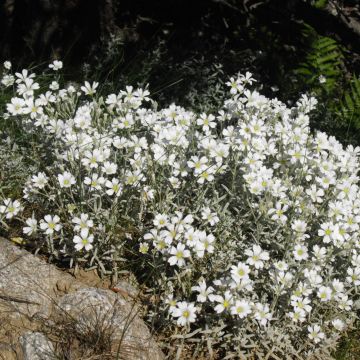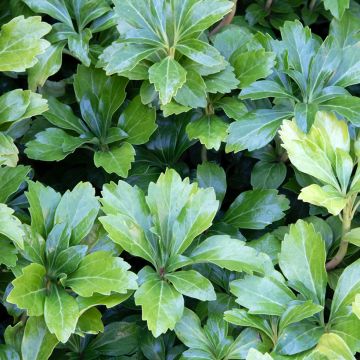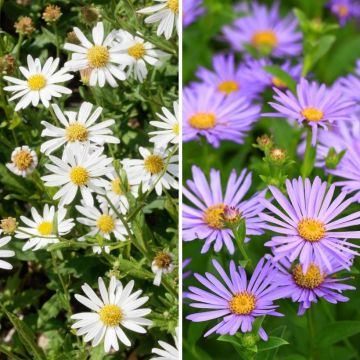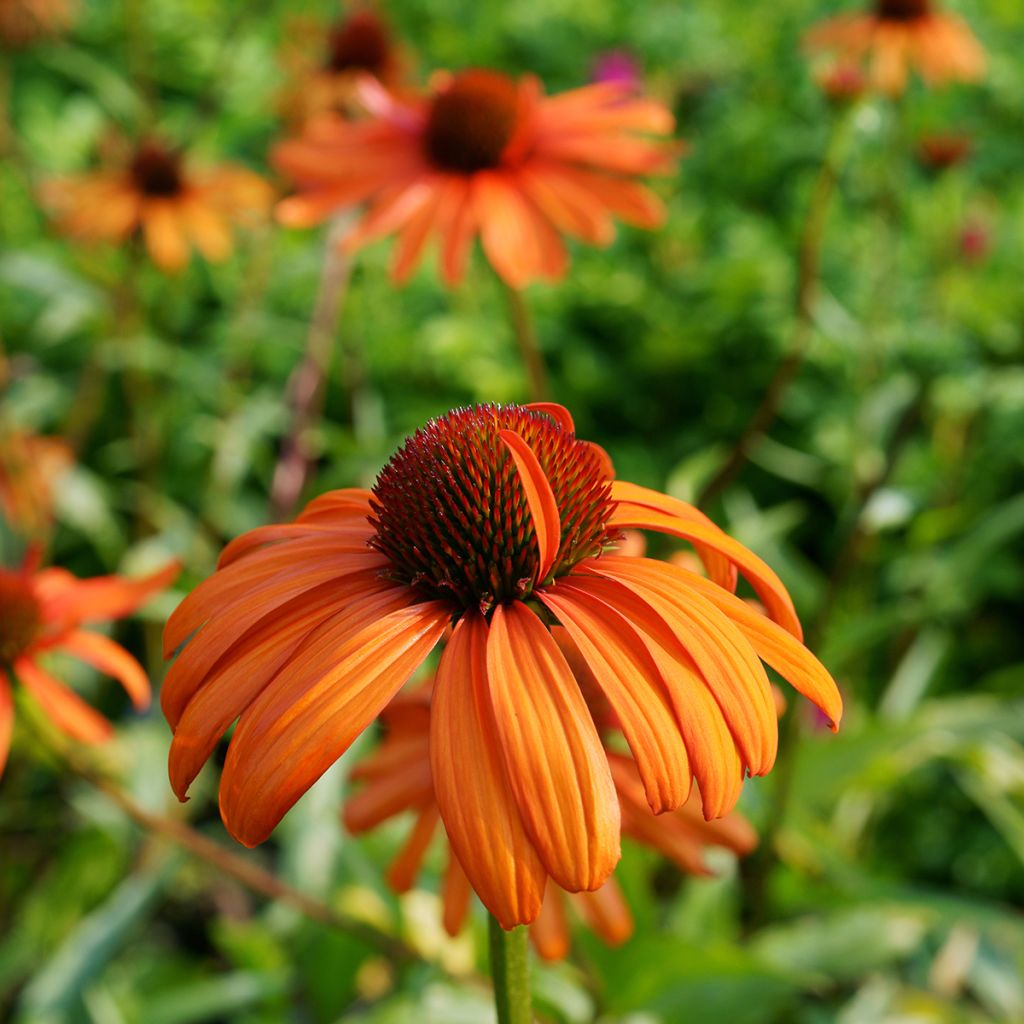

Echinacea Tiki Torch - Purple Coneflower
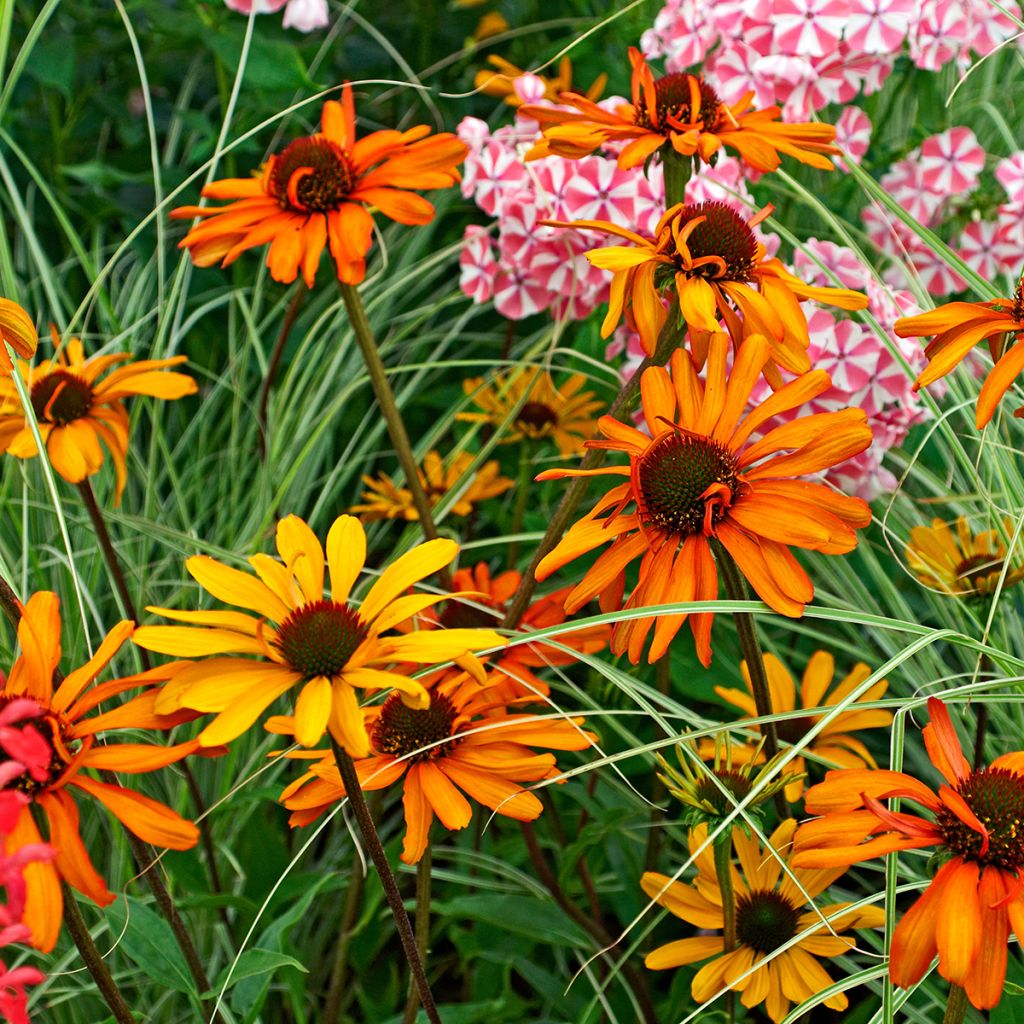

Echinacea Tiki Torch - Purple Coneflower
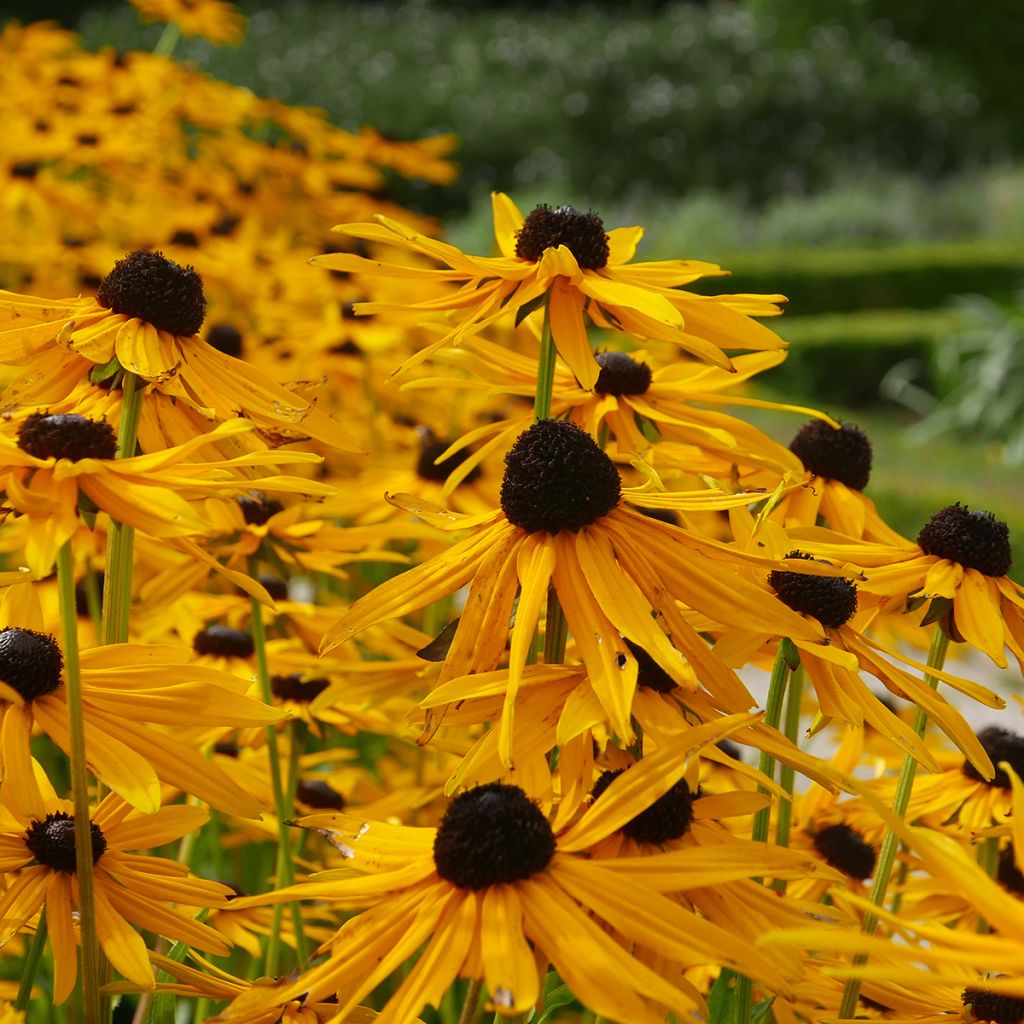

Echinacea Tiki Torch - Purple Coneflower
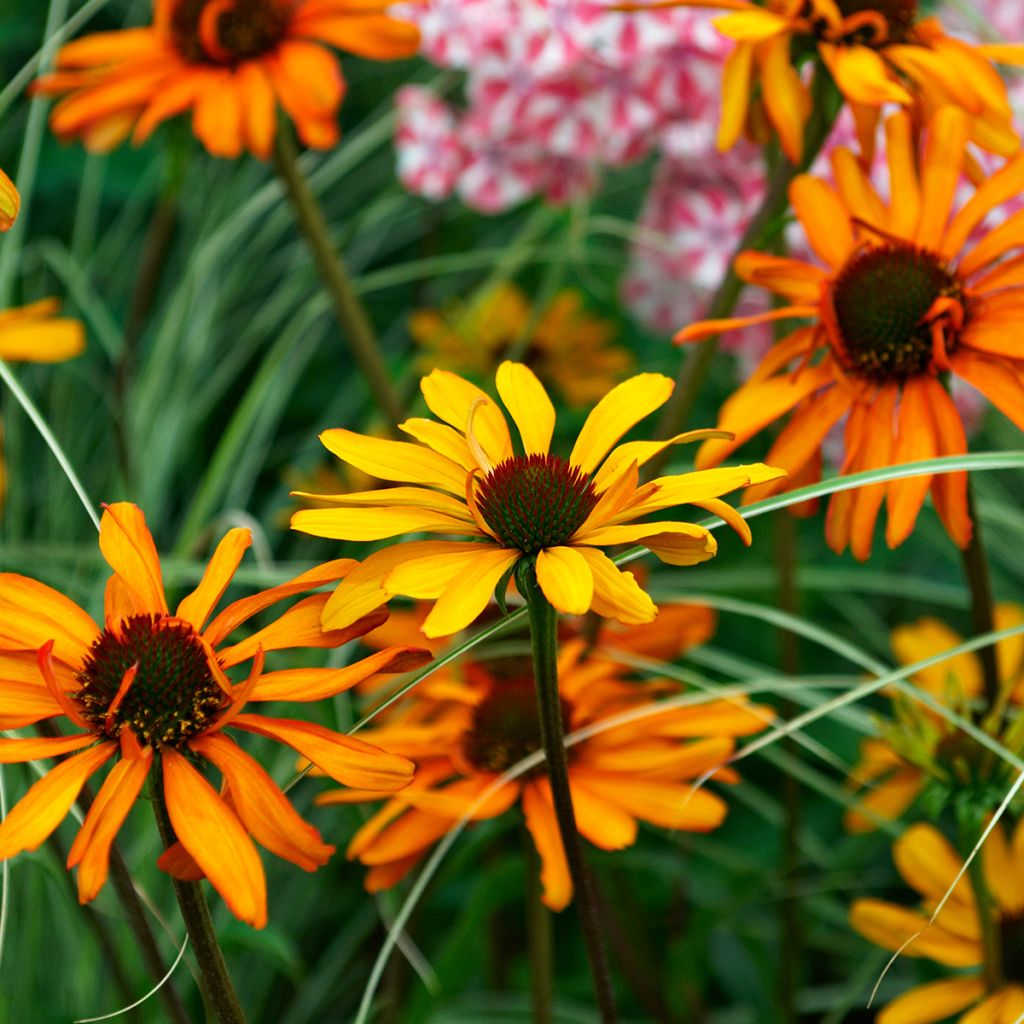

Echinacea Tiki Torch - Purple Coneflower
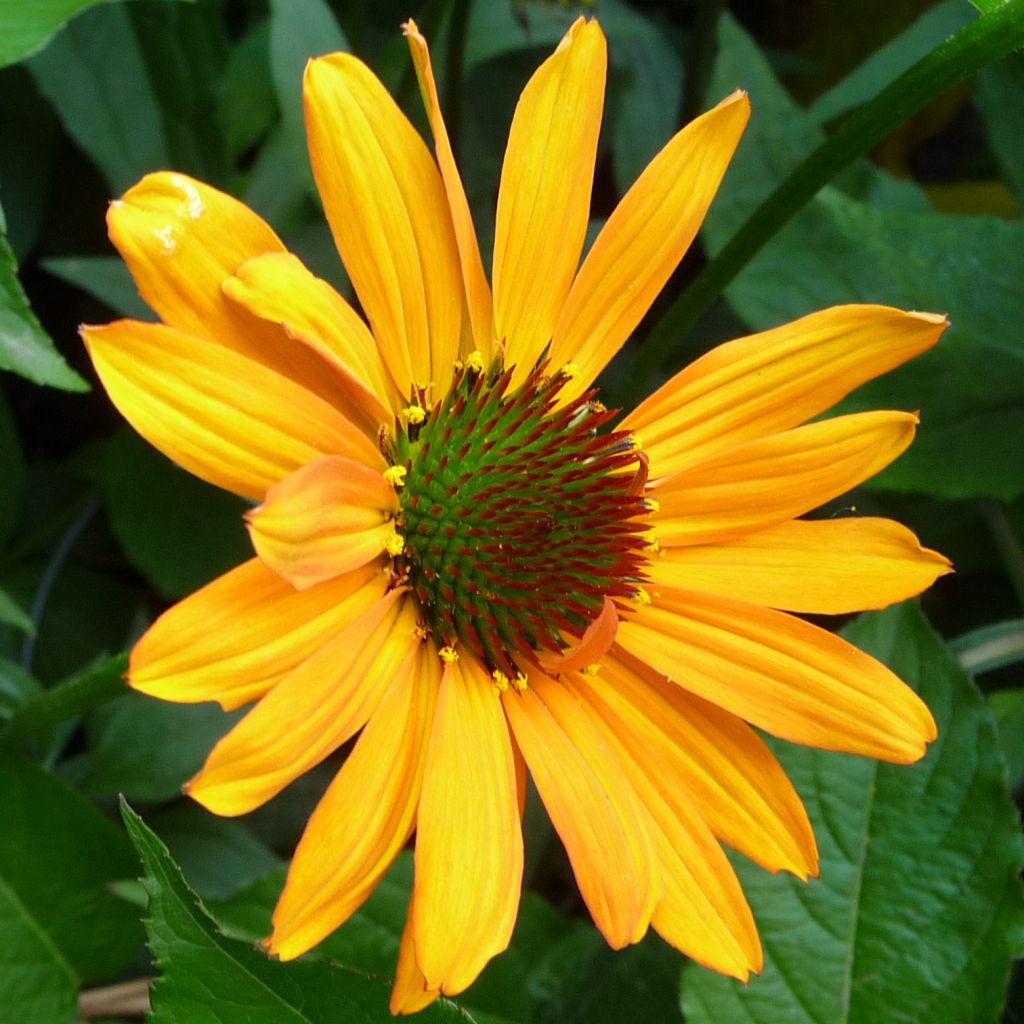

Echinacea Tiki Torch - Purple Coneflower
Echinacea Tiki Torch - Purple Coneflower
Echinacea Tiki Torch
Purple Coneflower, Eastern Purple Coneflower
Had some difficulty recovering, but it has survived and bloomed. I hope it will do better next year.
Alain, 08/09/2024
This item cannot be shipped to the selected country
Delivery charge from €5.90
More information
Schedule delivery date,
and select date in basket
This plant carries a 12 months recovery warranty
More information
We guarantee the quality of our plants for a full growing cycle, and will replace at our expense any plant that fails to recover under normal climatic and planting conditions.
From €5.90 for pickup delivery and €6.90 for home delivery
Express home delivery from €8.90.
Does this plant fit my garden?
Set up your Plantfit profile →
Description
Echinacea Tiki Torch is a recent, award-winning cultivar that has large heads measuring 11 to 12 cm (4 to 5in) in diameter with 'petals' in an intense and bright pumpkin orange shade, surrounding a burning red incandescent heart. This strong and reliable perennial provides extended flowering from July to early September above vigorous vegetation. It will make a good impression as a background plant in sunny borders and provide long-lasting flowers for bouquets. It adapts to difficult conditions, occasionally tolerating intense heat, humidity, and drought. It can even grow in poor soils.
Derived from the cross-breeding of E. purpurea 'Ruby Giant' x E. paradoxa, this introduction is credited to "Terra Nova Nurseries," a specialized nursery located in Oregon. This plant belongs to the Asteraceae family and descends from two species native to North American meadows. This perennial combines the qualities of strength and vigour from its two parents while offering a unique combination of colours, and abundant flowering on sturdy vegetation. It has a dense, tufted habit, reaching a height of 80 cm (32in) with a width of 50 cm (20in). This plant does not weaken or collapse, demonstrating excellent stem strength, slightly taller than other varieties. The deciduous, opposite, lanceolate, medium green leaves are covered in rough hairs. The fragrant flowering period lasts from July until the end of summer, coinciding with inulas, asters, and ornamental tobacco plants. It attracts butterflies. The branches are green-reddish, and each terminate in a solitary large head measuring 11 cm (4in) in diameter. The prominent conical disc resembles an incandescent pompom formed by tiny florets, burnt red with a darker centre, and thin, reflexed 'petals' in pumpkin orange. The fruit is an achene that releases seeds which birds enjoy. This plant firmly and deeply anchors itself in the soil with its well-developed root system.
One might think, "Ah, yet another novelty with orange flowers," but don't overlook its long flowering period and habit, which is better suited to the background of a border than to the edges, unlike E. 'Art's Pride,' which does not tolerate competition well. Echinacea 'Tiki Torch' offers a joyful flowering display, pleasant on slightly misty autumn days. It can be used in mixed borders with red or blue flowers, ranging from lavender-blue to violet and mauve, for a magnificent contrast. Combine it with inulas, aster cordifolius or laevis, yellow or orange achilleas, daisies, echinops, or paniculate phlox, and lighten the scene by intermingling some ornamental grasses such as Stipa tenuifolia or Muhlenbergia capillaris... Splendid in borders, the surprising flower of Echinacea Tiki Torch is also beautiful in fresh or dried flower arrangements.
Properties: In homoeopathy, its root is used to combat colds and strengthen the immune system. These properties were first utilized by Native Americans. The name Echinacea comes from the Greek echinos, which means "hedgehog-like or prickly," and acea, meaning "having the shape of," alluding to the flower heads. Purpurea means "purple."
Report an error about the product description
Echinacea Tiki Torch - Purple Coneflower in pictures
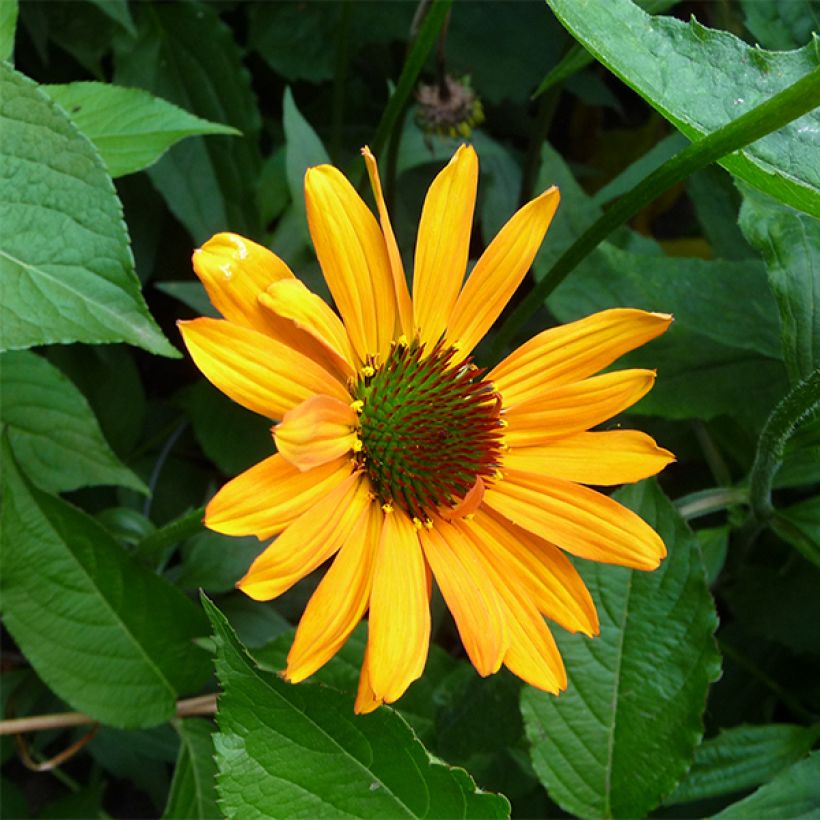

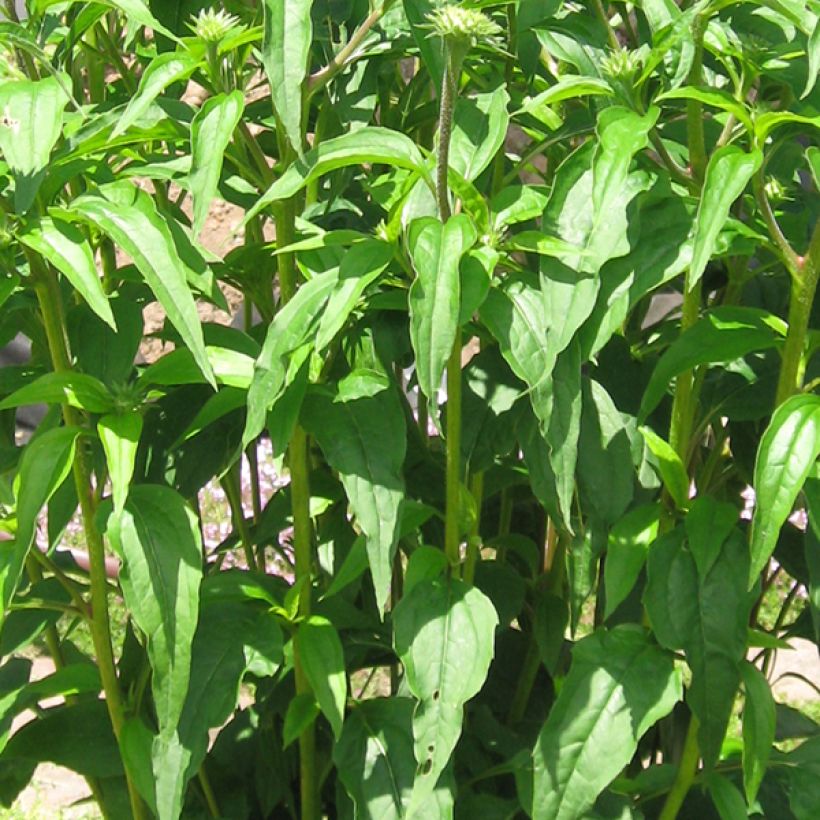

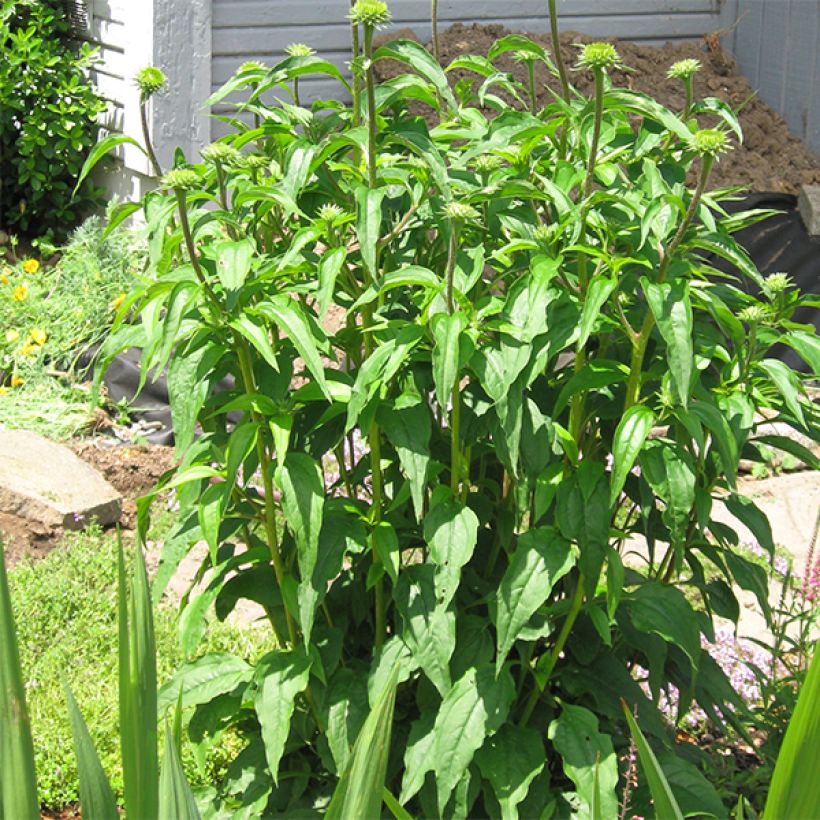

Flowering
Foliage
Plant habit
Botanical data
Echinacea
Tiki Torch
Asteraceae
Purple Coneflower, Eastern Purple Coneflower
Cultivar or hybrid
Other Echinacea - Coneflower
Planting and care
The 'Tiki Torch' Coneflower takes time to establish as its growth is rather slow. However once in place, it requires no particular care and is very resistant to pests and diseases. It is best planted in spring, in a sunny location, in a mixture of potting soil and garden soil. The soil must be deep and loose to accommodate its root system, but it dislikes waterlogged soils in winter. Trim the faded flowers as they appear. Divide the clump when flowering slows down. It is a plant with a rootstock that can become invasive. As the plant ages, it becomes more susceptible to aphid attacks and powdery mildew. Mulch the base in May to retain moisture in summer, as it dislikes drought during flowering.
Planting period
Intended location
Care
-
, onOrder confirmed
Reply from on Promesse de fleurs
Summer flowering perennials
Haven't found what you were looking for?
Hardiness is the lowest winter temperature a plant can endure without suffering serious damage or even dying. However, hardiness is affected by location (a sheltered area, such as a patio), protection (winter cover) and soil type (hardiness is improved by well-drained soil).

Photo Sharing Terms & Conditions
In order to encourage gardeners to interact and share their experiences, Promesse de fleurs offers various media enabling content to be uploaded onto its Site - in particular via the ‘Photo sharing’ module.
The User agrees to refrain from:
- Posting any content that is illegal, prejudicial, insulting, racist, inciteful to hatred, revisionist, contrary to public decency, that infringes on privacy or on the privacy rights of third parties, in particular the publicity rights of persons and goods, intellectual property rights, or the right to privacy.
- Submitting content on behalf of a third party;
- Impersonate the identity of a third party and/or publish any personal information about a third party;
In general, the User undertakes to refrain from any unethical behaviour.
All Content (in particular text, comments, files, images, photos, videos, creative works, etc.), which may be subject to property or intellectual property rights, image or other private rights, shall remain the property of the User, subject to the limited rights granted by the terms of the licence granted by Promesse de fleurs as stated below. Users are at liberty to publish or not to publish such Content on the Site, notably via the ‘Photo Sharing’ facility, and accept that this Content shall be made public and freely accessible, notably on the Internet.
Users further acknowledge, undertake to have ,and guarantee that they hold all necessary rights and permissions to publish such material on the Site, in particular with regard to the legislation in force pertaining to any privacy, property, intellectual property, image, or contractual rights, or rights of any other nature. By publishing such Content on the Site, Users acknowledge accepting full liability as publishers of the Content within the meaning of the law, and grant Promesse de fleurs, free of charge, an inclusive, worldwide licence for the said Content for the entire duration of its publication, including all reproduction, representation, up/downloading, displaying, performing, transmission, and storage rights.
Users also grant permission for their name to be linked to the Content and accept that this link may not always be made available.
By engaging in posting material, Users consent to their Content becoming automatically accessible on the Internet, in particular on other sites and/or blogs and/or web pages of the Promesse de fleurs site, including in particular social pages and the Promesse de fleurs catalogue.
Users may secure the removal of entrusted content free of charge by issuing a simple request via our contact form.
The flowering period indicated on our website applies to countries and regions located in USDA zone 8 (France, the United Kingdom, Ireland, the Netherlands, etc.)
It will vary according to where you live:
- In zones 9 to 10 (Italy, Spain, Greece, etc.), flowering will occur about 2 to 4 weeks earlier.
- In zones 6 to 7 (Germany, Poland, Slovenia, and lower mountainous regions), flowering will be delayed by 2 to 3 weeks.
- In zone 5 (Central Europe, Scandinavia), blooming will be delayed by 3 to 5 weeks.
In temperate climates, pruning of spring-flowering shrubs (forsythia, spireas, etc.) should be done just after flowering.
Pruning of summer-flowering shrubs (Indian Lilac, Perovskia, etc.) can be done in winter or spring.
In cold regions as well as with frost-sensitive plants, avoid pruning too early when severe frosts may still occur.
The planting period indicated on our website applies to countries and regions located in USDA zone 8 (France, United Kingdom, Ireland, Netherlands).
It will vary according to where you live:
- In Mediterranean zones (Marseille, Madrid, Milan, etc.), autumn and winter are the best planting periods.
- In continental zones (Strasbourg, Munich, Vienna, etc.), delay planting by 2 to 3 weeks in spring and bring it forward by 2 to 4 weeks in autumn.
- In mountainous regions (the Alps, Pyrenees, Carpathians, etc.), it is best to plant in late spring (May-June) or late summer (August-September).
The harvesting period indicated on our website applies to countries and regions in USDA zone 8 (France, England, Ireland, the Netherlands).
In colder areas (Scandinavia, Poland, Austria...) fruit and vegetable harvests are likely to be delayed by 3-4 weeks.
In warmer areas (Italy, Spain, Greece, etc.), harvesting will probably take place earlier, depending on weather conditions.
The sowing periods indicated on our website apply to countries and regions within USDA Zone 8 (France, UK, Ireland, Netherlands).
In colder areas (Scandinavia, Poland, Austria...), delay any outdoor sowing by 3-4 weeks, or sow under glass.
In warmer climes (Italy, Spain, Greece, etc.), bring outdoor sowing forward by a few weeks.

































